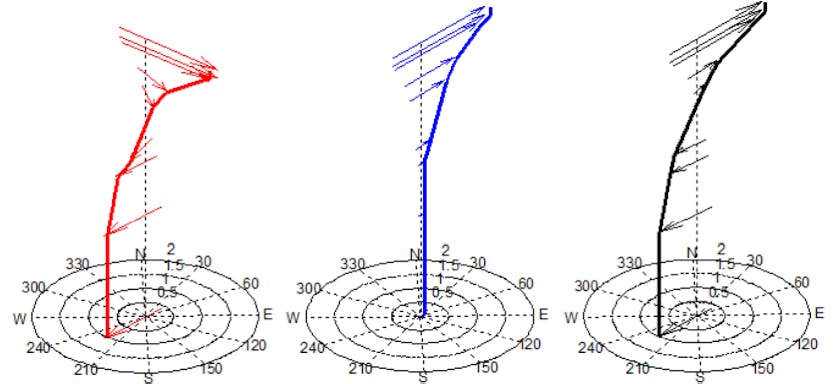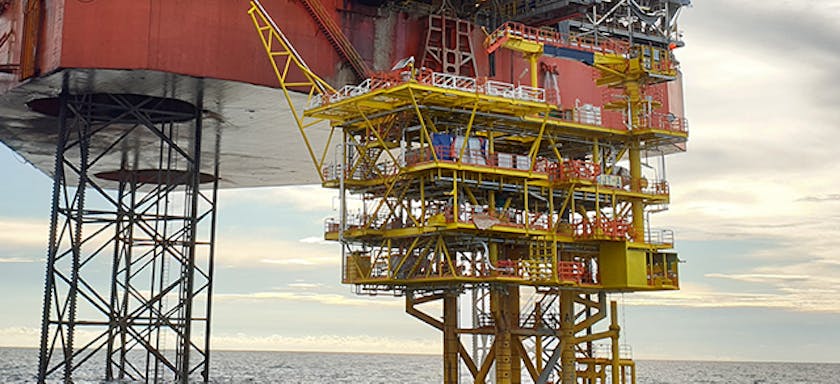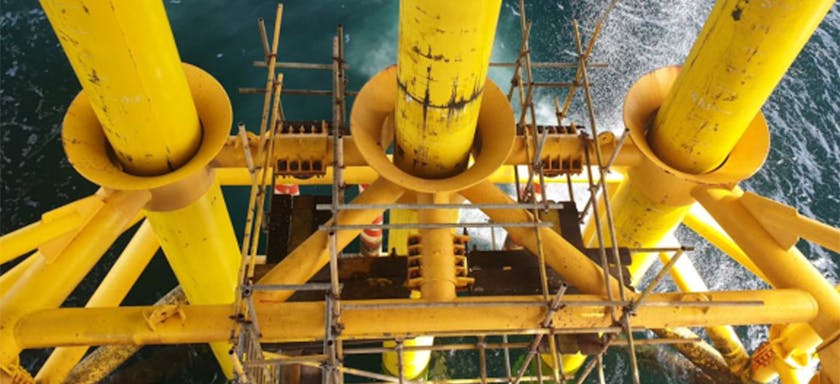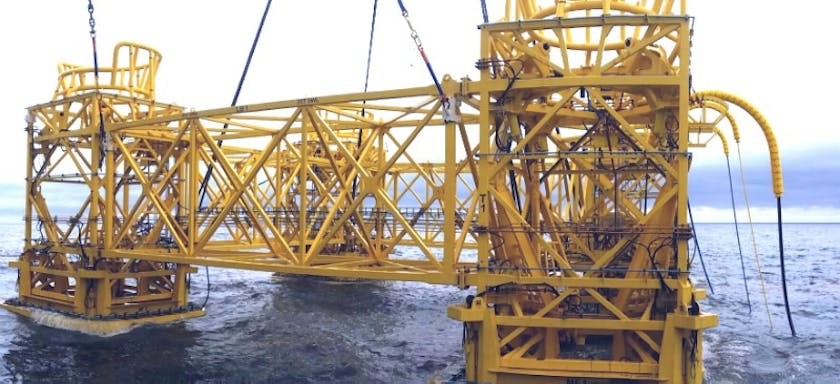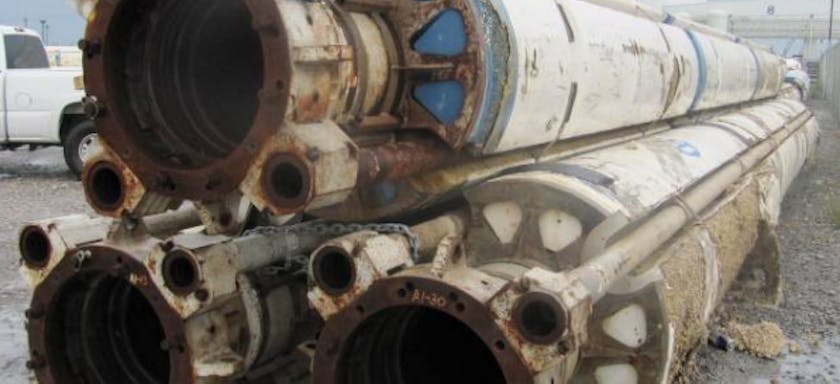Interference Assessment between Top Tensioned Risers Using a Comprehensive Screening Approach
EVENT: OMAE
1 Jun 2015
Interference between top tensioned risers (TTRs) is a key design challenge. Due to TTR tensioner stroke limits combined with large vessel offsets, the space out of wellheads is limited. Therefore, riser-to-riser contact is more likely to occur in extreme current conditions.
Riser clearance between adjacent risers is evaluated accounting for the effects of wake, vortex-induced vibrations, current directionality (including variation through-depth), vessel offset, riser configuration, and drilling sequence. Accounting for all of these effects simultaneously and in detail when assessing TTR interference can be challenging.
The typical TTR array interference approach consists of a combination of riser deflection shape matching and detailed wake assessment. In this paper, a revised TTR interference analysis approach is discussed, with the inclusion of an intermediate step involving screening for critical riser pairs using a simplified wake model assessment. Riser deflection shape matching ensures that the likelihood of clashing is minimized. The riser interference screening process avoids detailed wake modelling of non-critical riser pairs. The screening analysis method emphasizes avoidance of false positives (unrealistic riser clashing pairs) and false negatives (missing riser clashing pairs). It employs a simplified conservative wake model using a stratified downstream current profile to determine which riser pairs are critical and warrant detailed wake modelling. To illustrate the efficiency of the screening approach, results from this approach are compared to results from analysis with detailed wake modelling.
An implementation of this approach is presented for riser joints with fairings and strakes. Nominal drag coefficients for these joints are obtained based on experimental testing and/or computational fluid dynamics simulations. Drag amplification of the upstream riser is obtained from vortex induced vibration (VIV) analysis and is also incorporated in the analysis.
Authors

Ben Andrew
Director, UK

About
Ben has over 17 years of specialist engineering experience in the design and analysis of offshore platforms, foundations, cables, and riser systems. He has held numerous project management and technical leadership roles on a variety of projects from concept through to detailed design based out of our London, Kuala Lumpur and Houston offices.
As one of the UK directors, Ben’s current focus is on the development of our minimum facilities platforms and fixed offshore wind offerings for the European, Middle East and Africa markets. Ben is a graduate of Oxford and Imperial Universities with a Bachelor’s degree in Mathematics, and a Master’s in Quantum Physics.
Insights

Suneel Patel
Principal Engineer, USA

About
Suneel Patel is a Chartered Engineer (CEng IMarEST) with over 12 years of experience in the design, verification, fabrication and installation of drilling, production and export riser systems. He is experienced in the global finite element analysis of risers (top tension risers, steel catenary risers, steel lazy wave risers, flexible risers). Other experiences include global assessments of subsea pipelines, subsea umbilicals, the global finite element analysis and installation of tension leg platform (TLP) tendons, riser structural monitoring, riser integrity management and developing offshore procedures for riser installation. He has experience in pre-FEED, FEED and detailed design projects in the Gulf of Mexico, offshore Brazil and offshore Australia.
Shankar Sundararaman
Senior Principal Engineer
About
Shankar Sundararaman is a Senior Principal Engineer with 2H Offshore. He has over 15 years' experience in the oil and gas industry, including design and numerical analysis of riser systems (drilling and completion risers, TTRs, SCRs, flexible risers), tendons, jumpers (rigid and flexible), machine learning (including digital twins) and cloud computing, structural health monitoring, drill string systems, drilling engineering analysis, and vibration analysis. He also has over 20 years engineering and R&D experience with numerical analysis, scientific computing, and finite element analysis. He has 5 granted patents, over 25 publications in international journals, conferences, and book articles, and presented at several international conferences. He has an undergraduate degree in Naval Architecture from IIT Madras, masters and doctoral degrees in Mechanical Engineering from Purdue University and is a Licensed Professional Engineer (Naval Architecture) in the State of Texas.
Insights
David Saldaña
Senior Engineer, USA
David Saldaña
Senior Engineer, USA
Insights
Pete Padelopoulos
Senior Principal Engineer, USA
Pete Padelopoulos
Senior Principal Engineer, USA
Insights
M. Karayaka
Chevron
K. Raghavan
Chevron
P. Hays
Chevron


